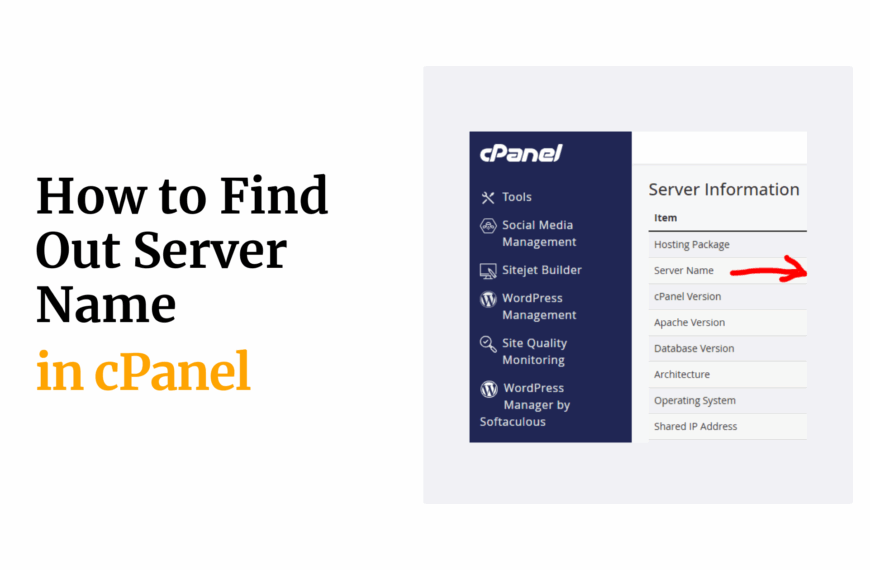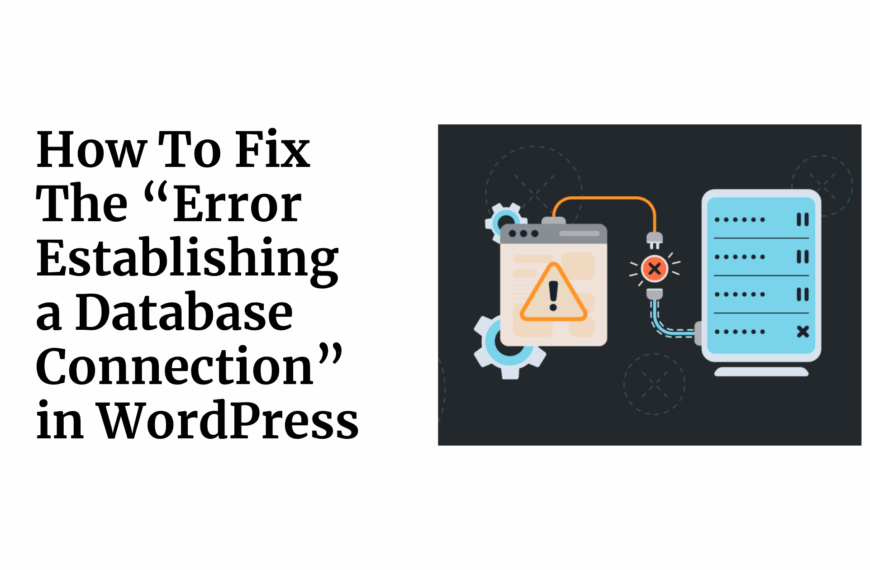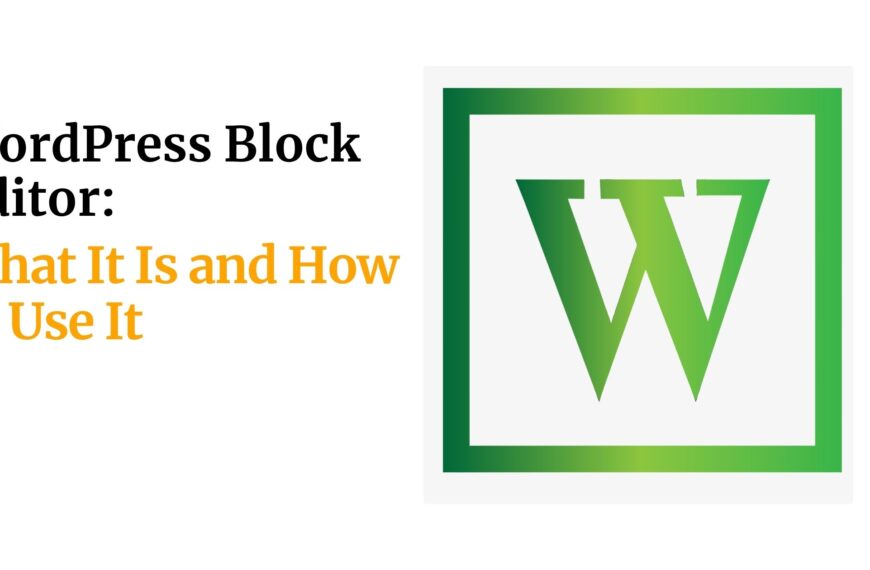Let’s talk about something that’s absolutely crucial for your online success: how to backup your WordPress website.
Trust me, I’ve been there. You’re cruising along, your site’s looking great, traffic’s flowing, and then BAM!
A rogue plugin update crashes your site, or worse, you get hacked.
Suddenly, you’re in panic mode, wishing you had a time machine to undo the damage.
Well, guess what?
A solid backup is your time machine.
It’s your safety net, your insurance policy, and your peace of mind all rolled into one.
In this guide, I’m going to walk you through the ins and outs of backing up your WordPress site.
We’ll cover everything from the tools you’ll need to step-by-step instructions, common pitfalls to avoid, and even some pro tips to make the process smooth and painless.
By the end of this post, you’ll be a backup ninja, ready to protect your digital empire like a boss.
Table of Contents
What You’ll Need to Backup Your WordPress Website
Before we start, let’s make sure you’ve got all your ducks in a row. Here’s what you’ll need:
- Access to your WordPress dashboard: This is your command center. Make sure you’ve got admin privileges.
- A reliable backup plugin: We’ll talk about some top options later, but popular choices include UpdraftPlus, BackupBuddy, and VaultPress.
- Sufficient storage space: Whether it’s on your hosting account, cloud storage, or your local computer, you need a place to store those precious backups.
- FTP access to your site (optional but recommended): This allows you to manually download your files if needed.
- A cup of coffee (or your preferred beverage): Backups can take a while, especially for larger sites. Might as well make it enjoyable!
Preparation Steps
Before we dive into the backup process, let’s do a little prep work:
- Clean up your site: Remove any unnecessary plugins, themes, or media files. The leaner your site, the faster and smaller your backups will be.
- Update everything: Make sure WordPress core, all plugins, and your theme are up to date. It’s best to backup the latest, stable version of your site.
- Check your hosting limits: Some hosts have limits on backup size or frequency. Make sure you’re aware of any restrictions.
- Familiarize yourself with your hosting control panel: You might need to access database tools or file managers, so take a quick tour of your hosting dashboard.
You’re setting yourself up for a smooth backup experience by getting these essentials in order.
Remember, preparation is half the battle!
Step-by-Step Instructions to Backup Your WordPress Website
Alright, now that we’re all set up, let’s dive into the meat of the matter: how to backup your WordPress website, step by step.
I’ll break this down into manageable chunks so you can follow along easily.
1. Choose a Backup Method
First things first, you need to decide how you want to approach this backup business. You’ve got a few options:
- Plugin-based backups: This is the easiest method for most users. You install a backup plugin, configure it, and let it do its thing.
- Manual backups: This involves manually copying your files and database. It’s more hands-on but gives you complete control.
- Hosting-provided backups: Many hosting providers offer built-in backup solutions. These can be convenient but may have limitations.
For this guide, we’ll focus on plugin-based backups as they offer the best balance of ease and control for most users.
2. Install and Configure a Backup Plugin
Now, let’s get that backup plugin up and running:
- Log into your WordPress dashboard.
- Go to Plugins > Add New.
- Search for a backup plugin. I recommend UpdraftPlus as it’s free, powerful, and user-friendly.
- Click “Install Now” and then “Activate” once the installation is complete.
- Navigate to the plugin’s settings (usually found under Settings or as a new menu item).
- Configure your backup settings:
- Choose what to backup (files and/or database)
- Select backup frequency
- Pick a storage location (local, cloud storage, etc.)
Pro Tip: Don’t store your backups on the same server as your website. If your server goes down, you lose both your site and your backups. Use a cloud storage service like Google Drive or Dropbox for added security.
3. Perform a Manual Backup
Even with automated backups set up, it’s good to know how to trigger a manual backup:
- Go to your backup plugin’s dashboard.
- Look for a “Backup Now” or similar button.
- Choose what you want to backup (usually files and database).
- Click the backup button and wait for the process to complete.
Warning: Backups can take a while, especially for larger sites. Don’t close your browser or put your computer to sleep during this process.
4. Set Up Automated Backups
Automation is key to a solid backup strategy. Here’s how to set it up:
- In your backup plugin’s settings, look for a section on scheduling or automated backups.
- Choose how often you want to backup your site. Daily is good for active sites, weekly might suffice for less frequently updated ones.
- Decide what time you want the backups to run. Choose a time when your site has low traffic to minimize impact.
- Save your settings.
Tip: Consider setting up different schedules for files and database. Your database changes more frequently, so you might want to backup daily, while weekly might be enough for files.
5. Store Backups Securely
Lastly, let’s make sure those backups are safe and sound:
- Choose a reliable storage location. Cloud storage services are great for this.
- If your plugin supports it, set up multiple storage locations. This gives you redundancy.
- Regularly check that your backups are being created and stored correctly.
- Set up retention rules to manage how many backups you keep. This prevents your storage from filling up too quickly.
Important: Make sure your backup storage is secure. Use strong passwords and two-factor authentication where possible.
You’ve just set up a robust backup system for your WordPress site by following these steps.
Give yourself a pat on the back – you’re now much better prepared for whatever the internet might throw at you!
Tips for Success
Now that you’ve got your backup system in place, let’s talk about how to make the most of it.
Here are some pro tips to ensure your backups are always there when you need them:
- Test your backups regularly:
Don’t wait for a crisis to find out if your backups work. Schedule regular restore tests to ensure your backups are valid and complete. - Keep multiple versions:
Don’t just rely on your latest backup. Keep several versions going back in time. This way, if an issue has been lurking unnoticed, you can restore to a point before it occurred. - Backup before major changes:
About to update WordPress core? Install a new plugin? Make a backup first. It’s your safety net if things go sideways. - Document your process:
Write down your backup and restore procedures. In a crisis, you’ll be glad to have step-by-step instructions to follow. - Monitor your backups:
Set up notifications for successful (and failed) backups. This keeps you informed without having to constantly check manually. - Encrypt your backups:
If your backup plugin offers encryption, use it. This adds an extra layer of security to your data. - Don’t forget offsite storage:
Cloud storage is great, but consider keeping a local copy of your latest backup too. It’s an extra safeguard against data loss. - Adjust backup frequency to your needs:
A blog that updates daily needs more frequent backups than a static website. Tailor your backup schedule to your site’s activity level. - Include backup checks in your routine:
Make verifying your backups part of your regular website maintenance routine. It only takes a few minutes but can save you hours of headache later. - Keep your backup plugin updated:
Just like any other plugin, your backup tool needs updates. Keep it current to ensure you have the latest features and security patches.
Remember, the best backup is the one you have when you need it.
Common Mistakes to Avoid
Even with the best intentions, it’s easy to fall into some common backup pitfalls.
Here are some mistakes I’ve seen (and, let’s be honest, made myself) that you should avoid:
- Assuming your host has you covered:
Many hosts offer backups, but don’t rely solely on these. They may not be as frequent or comprehensive as you need. - Backing up to the same server:
If your server crashes, you lose both your site and your backups. Always keep backups in a separate location. - Forgetting to backup the database:
Your database contains all your posts, pages, and comments. A backup without the database is incomplete. - Neglecting to check backup integrity:
A backup that doesn’t restore properly is no backup at all. Regularly test your backups to ensure they work. - Over-relying on plugins:
Plugins are great, but know how to manually backup your site too. It’s a valuable skill in emergencies. - Ignoring backup notifications:
If your backup plugin sends you a failure notification, don’t ignore it. Investigate and resolve the issue promptly. - Keeping outdated backups:
While it’s good to keep multiple versions, don’t hoard years-old backups. They take up space and are unlikely to be useful. - Forgetting to backup after major changes:
Made big changes to your site? Backup immediately, don’t wait for the next scheduled backup. - Neglecting to secure your backups:
Your backups contain sensitive information. Ensure they’re stored securely and, if possible, encrypted. - Assuming all plugins backup everything:
Some plugins might not backup everything by default. Always check what’s included in your backups.
Remember, when it comes to backups, it’s better to be over-prepared than caught off guard!
Troubleshooting WordPress Backup Issues
Even with the best preparation, sometimes things go wrong.
Here are some common backup issues and how to solve them:
1. Backup Process is Too Slow
Solution: Try breaking your backup into smaller parts. Backup your database and files separately.
Tip: Schedule backups during off-peak hours to reduce load on your server.
2. Backup Failed to Complete
Check your server resources: Your hosting might be limiting the backup process.
Increase PHP memory limit: If possible, try increasing your PHP memory limit in your wp-config.php file.
Try a manual backup: If automated backups fail, attempt a manual backup to pinpoint the issue.
3. Restore Process Fails
Ensure compatibility: Make sure you’re restoring to a compatible WordPress version.
Check file permissions: Incorrect file permissions can hinder the restore process.
Try a partial restore: If a full restore fails, try restoring just the database or just the files.
4. Backup Files Are Too Large
Solution: Exclude unnecessary files (like old backups or large media files) from your backup.
Tip: Use a backup plugin that supports incremental backups to reduce file size after the initial backup.
5. Can’t Connect to Remote Storage
Check your credentials: Ensure your API keys or login information for the remote storage are correct.
Verify internet connection: Make sure your server can connect to the internet and reach the remote storage service.
6. Backups Are Incomplete
Check exclusions: Make sure you haven’t accidentally excluded important files or database tables.
Verify backup settings: Ensure your backup plugin is set to backup both files and database.
7. Scheduled Backups Aren’t Running
Check cron jobs: Ensure WordPress cron jobs are running correctly on your server.
Verify plugin settings: Make sure your backup schedule is correctly configured in the plugin settings.
When to Seek Professional Help
While many backup issues can be resolved on your own, there are times when it’s best to call in the pros:
- If you’ve tried multiple solutions and the problem persists
- When dealing with a hacked site that needs clean restoration
- If you’re not comfortable making server-level changes
- When time is critical and you need expert assistance quickly
Remember, there’s no shame in seeking help.
Sometimes, the cost of professional assistance is far less than the potential loss from a failed backup or restore.
Alternative Ways To Backup Your WordPress Website
While we’ve focused primarily on plugin-based backups, there are several other methods to backup your WordPress website.
Let’s explore some alternatives and when you might want to use them:
1. Manual Backups
What it is: Manually copying your files via FTP and exporting your database through phpMyAdmin.
Pros:
- Complete control over the process
- No reliance on plugins
- Can be faster for very large sites
Cons:
- More time-consuming
- Requires technical knowledge
- Prone to human error
When to use:
- When you’re comfortable with FTP and database management
- If you want to create a one-time backup before a major change
- When plugins are causing conflicts
2. Hosting-Provided Backups
What it is: Many web hosts offer built-in backup solutions as part of their hosting packages.
Pros:
- Often automated and hassle-free
- May be faster as it’s integrated with the hosting environment
- Usually includes easy one-click restore options
Cons:
- Limited control over backup frequency and retention
- May not allow you to download backups easily
- Could be an additional cost with some hosts
When to use:
- If your host offers a robust backup solution
- When you want a hands-off approach
- As an additional layer of backup alongside other methods
3. Website Staging
What it is: Creating a duplicate of your live site in a staging environment.
Pros:
- Allows you to test changes safely
- Can serve as a backup if something goes wrong on the live site
- Useful for development and troubleshooting
Cons:
- Not a true backup solution
- May require more server resources
- Can be complex to set up
When to use:
- When making major changes or updates to your site
- For testing new designs or features
- As part of a comprehensive development workflow
4. Command-Line Backups
What it is: Using command-line tools like WP-CLI to create backups.
Pros:
- Highly customizable
- Can be easily automated with cron jobs
- Efficient for developers and advanced users
Cons:
- Requires command-line access and knowledge
- Not suitable for beginners
- May require additional setup on some hosting environments
When to use:
- If you’re comfortable with command-line interfaces
- When you need to create custom backup scripts
- For integrating backups into larger automated workflows
5. Version Control Systems
What it is: Using tools like Git to track changes and maintain versions of your site files.
Pros:
- Detailed history of all changes
- Great for collaborative development
- Allows easy rollback to previous versions
Cons:
- Doesn’t include database backups
- Can be complex for non-developers
- Not suitable for large media files
When to use:
- For development-focused workflows
- When working with a team of developers
- If you need granular control over file changes
Each of these methods has its place in a WordPress backup strategy.
The key is to choose the method (or combination of methods) that best fits your needs, technical skills, and the specific requirements of your website.
Remember, the goal is to have a reliable, easy-to-use backup system that you’re comfortable with and that you’ll actually use consistently.
Don’t be afraid to mix and match these methods to create a comprehensive backup strategy that gives you peace of mind.
Final Thoughts
Alright, let’s wrap this up!
We’ve covered a lot of ground on how to backup your WordPress website, and I hope you’re feeling more confident about protecting your digital assets.
Remember, backing up your WordPress site isn’t just a nice-to-have – it’s an absolute must.
It’s your insurance policy against the unexpected, whether that’s a hacking attempt, a plugin conflict, or just plain human error.
By implementing a solid backup strategy, you’re not just protecting your data; you’re protecting your time, effort, and peace of mind.
Let’s recap the key points:
- Choose a backup method that works for you, whether it’s a plugin, manual backups, or a combination of approaches.
- Set up regular, automated backups to catch all your latest changes.
- Store your backups securely, preferably in multiple locations.
- Test your backups regularly to ensure they actually work when you need them.
- Stay vigilant and adapt your backup strategy as your site grows and changes.
Remember, the best backup is the one you have when you need it.
So don’t put this off – take action today to secure your WordPress site.
Trust me, your future self will thank you!
Now, go forth and backup with confidence.
Your WordPress site deserves nothing less!
Read also:
- #7 Trending Free WordPress Themes Best For Small Businesses
- How to Seamlessly Migrate Your Website to WordPress (Easy)
- How to Build an Online Store with WordPress in South Africa
FAQs
To wrap up this guide, let’s address some frequently asked questions about backing up WordPress websites:
Q: How often should I backup my WordPress site?
A: For most sites, daily database backups and weekly file backups are sufficient. However, if your site changes frequently or is crucial to your business, consider more frequent backups.
Q: What’s the difference between a full backup and a database backup?
A: A full backup includes all your files (themes, plugins, uploads) and your database. A database backup only includes your content, users, and settings. Both are important for a complete backup strategy.
Q: Can I backup my site without a plugin?
A: Yes, you can manually backup your files using FTP and your database using phpMyAdmin. However, plugins automate this process and often provide additional features.
Q: How long should I keep my backups?
A: Keep at least the last 30 days of backups. For longer-term storage, consider keeping monthly backups for a year or more, depending on your site’s needs.
Q: Are my backups secure?
A: That depends on how you store them. Always use secure, encrypted storage solutions and protect your backup files as you would any sensitive data.
Q: What should I do if my backup fails to restore?
A: First, check if you have a more recent backup that works. If not, try restoring parts of your backup (like just the database) rather than everything at once. If you’re still stuck, consider seeking professional help.
Q: Do I need to backup my site if my host provides backups?
A: Yes, it’s always good to have your own backups in addition to what your host provides. This gives you more control and an extra layer of security.
Q: How do I backup a very large WordPress site?
A: For large sites, consider incremental backups, which only backup changes since the last full backup. You might also need to work with your host to ensure you have enough server resources for large backups.
Q: Can I automate my WordPress backups?
A: Absolutely! Most backup plugins offer scheduling features. You can also use cron jobs or WordPress scheduling functions to automate manual backup scripts.
Q: What should I do immediately after restoring a backup?
A: After restoring, check your site thoroughly. Verify that all content, plugins, and themes are working correctly. Also, consider running a security scan to ensure the backup didn’t reintroduce any vulnerabilities.
 Web Hosting
Web Hosting Windows HostingBuilt for Windows apps and websites – stability, speed and flexibility
Windows HostingBuilt for Windows apps and websites – stability, speed and flexibility Reseller HostingLaunch a hosting business without technical skills or expensive infrastructure
Reseller HostingLaunch a hosting business without technical skills or expensive infrastructure Affiliate ProgramRefer customers and earn commissions from sales across our platform
Affiliate ProgramRefer customers and earn commissions from sales across our platform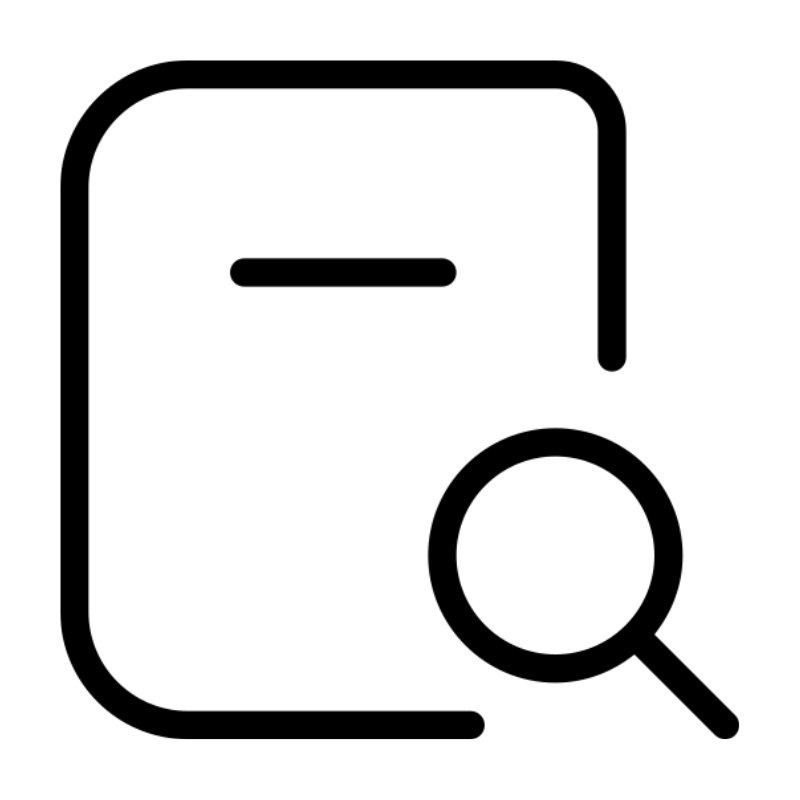 Domain SearchFind and secure a domain name in seconds with our quick lookup tool
Domain SearchFind and secure a domain name in seconds with our quick lookup tool CO ZA Domains
CO ZA Domains All DomainsExplore domain names from over 324 TLDs globally – all in one place
All DomainsExplore domain names from over 324 TLDs globally – all in one place Free Whois Lookup Tool South Africa
Free Whois Lookup Tool South Africa VPS
VPS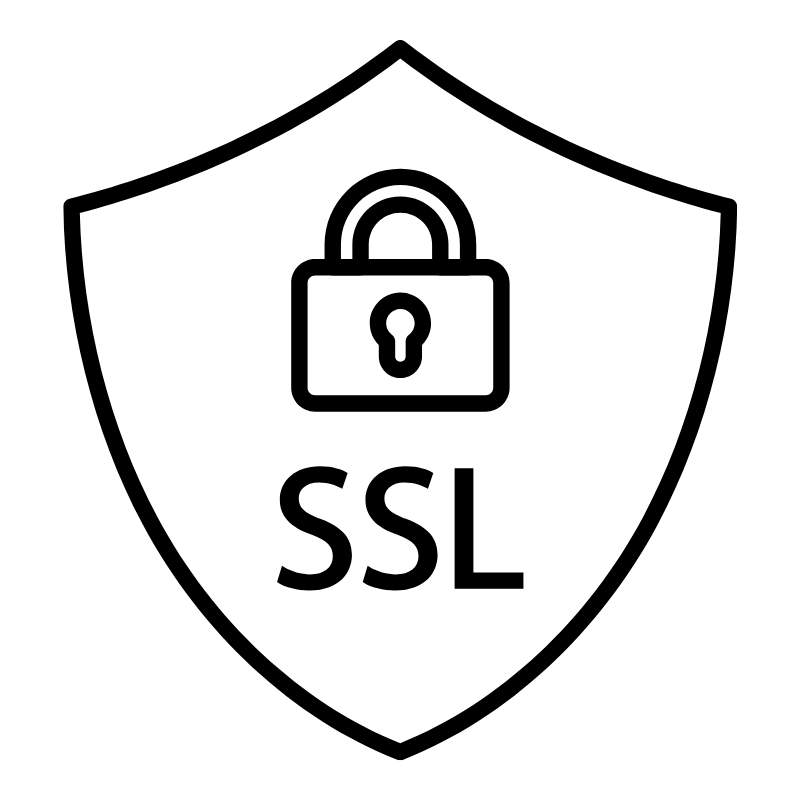 SSLs
SSLs



